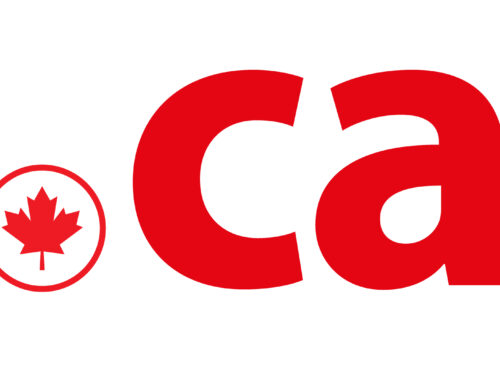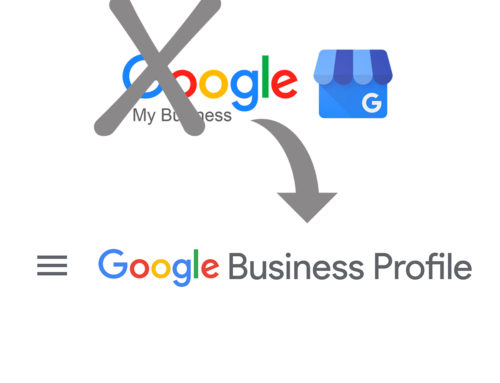Google’s New Link Best Practices Guide is a set of guidelines that outlines best practices for linking on the web. The guide is designed to help website owners and SEO professionals understand how to create high-quality links that are in line with Google’s policies and algorithms.
Here are some of the key points from the guide:
- Focus on creating high-quality content that people will want to link to naturally. This means writing engaging, informative, and well-researched articles, blog posts, and other types of content.
- Avoid using link schemes or other black hat SEO tactics to manipulate your website’s ranking. This includes buying links, exchanging links with low-quality sites, or using automated link-building tools.
- Be transparent about any sponsored or paid links on your site. This means using the rel=”sponsored” attribute to indicate that a link is sponsored, and the rel=”ugc” attribute to indicate user-generated content.
- Use descriptive anchor text for your links, rather than generic or keyword-stuffed text. This helps both users and search engines understand what the link is about.
- Monitor your website’s link profile regularly to ensure that you’re not inadvertently linking to low-quality or spammy sites. You can use tools like Google Search Console to identify and disavow any harmful links.
By following these best practices, you can help ensure that your website’s links are high-quality and in line with Google’s policies. This can improve your site’s search engine ranking, drive more traffic to your site, and ultimately help you achieve your online goals.
More on Anchor Text
Google has introduced its own approach to links. Although the company typically doesn’t reveal much about its algorithms and SEO, it has recently released a fresh guide outlining the most effective methods for building links.
Anchor text is the visible, clickable text in a hyperlink that leads to another webpage. It’s important because it provides context to both users and search engines about the content of the page it links to. By using descriptive anchor text that accurately describes the content of the linked page, you can help users and search engines understand the relevance and context of the linked page.
For example, let’s say you’re linking to a blog post about the best hiking trails in California. Instead of using generic anchor text like “click here” or “read more”,
<a href=”https://example.com”>click here</a>
you could use descriptive anchor text like “best hiking trails in California” or “top hiking spots in the Golden State”.
<a href=”https://example.com”>best hiking trails in California</a>
This helps users know what they can expect when they click on the link, and it also gives search engines a better understanding of what the linked page is about.
Using descriptive anchor text can also help you avoid keyword stuffing, which is the practice of overloading your content with keywords in an attempt to manipulate search engine rankings. While it’s important to use relevant keywords in your content, using them excessively in your anchor text can be seen as spammy and can result in a penalty from search engines.
In summary, using descriptive anchor text is an important part of creating high-quality links that are in line with Google’s best practices. By using relevant and accurate anchor text, you can help improve the user experience, provide more context to search engines, and avoid spammy practices like keyword stuffing.
I hope you enjoyed reading this blog post.
If you would like Involve Media to help you get more traffic, just book a call.




